Disclosure: This article contains affiliate links. We may earn a commission from purchases at no extra cost to you, which helps our travel content.
There's something deeply spiritual about traversing the waters that my Māori ancestors navigated using only the stars as their guide. The Bay of Islands—a subtropical micro-region where 144 islands dot the Pacific like a constellation fallen to Earth—holds particular significance for me as both a New Zealander and an astronomer. When I returned home last summer with my research equipment in tow, I discovered that island-hopping through these azure waters offers families not just an adventure, but a profound connection to both nature and celestial navigation traditions. The region's sheltered bays and clear night skies create perfect conditions for exploration by day and stargazing by night. While many visitors stick to land-based excursions, I've found that understanding the water transportation network here unlocks experiences that simply can't be accessed any other way. Let me share what I've learned about navigating these waters that bridge my scientific present with my cultural past.
Ferry Services: The Backbone of Bay Exploration
The passenger ferries connecting the Bay's main hubs form the essential framework for any family exploration here. The primary route runs between Paihia on the mainland and Russell, the charming historic town across the bay. This 15-minute crossing costs around NZ$13 for adults and NZ$7 for children, running every 30 minutes during summer months. What makes this service particularly valuable for families is its reliability and the way it connects two distinctly different experiences—Paihia's bustling tourism infrastructure and Russell's more laid-back historical atmosphere.
The Fullers GreatSights passenger ferry service deserves special mention. Their vessels are well-maintained, wheelchair accessible, and accommodate bicycles—perfect if you're planning to cycle around Russell's gentle slopes. During my recent visit, I watched a family with three young children seamlessly board with a collapsible stroller and picnic gear. The crew's friendly efficiency in helping families board speaks to the Kiwi hospitality I've missed during my years overseas.
For longer journeys to outer islands like Urupukapuka, the passenger ferry from Paihia operates daily during summer months. This 40-minute journey costs NZ$50 return for adults and offers stunning views of the bay's geography that reveal how volcanic activity shaped these waters millions of years ago—a perspective that always reminds me how brief our human presence is against geological timescales.
I recommend purchasing a multi-day ferry pass if you're planning to make multiple crossings during your stay. This saves both money and the hassle of queuing for tickets each time.
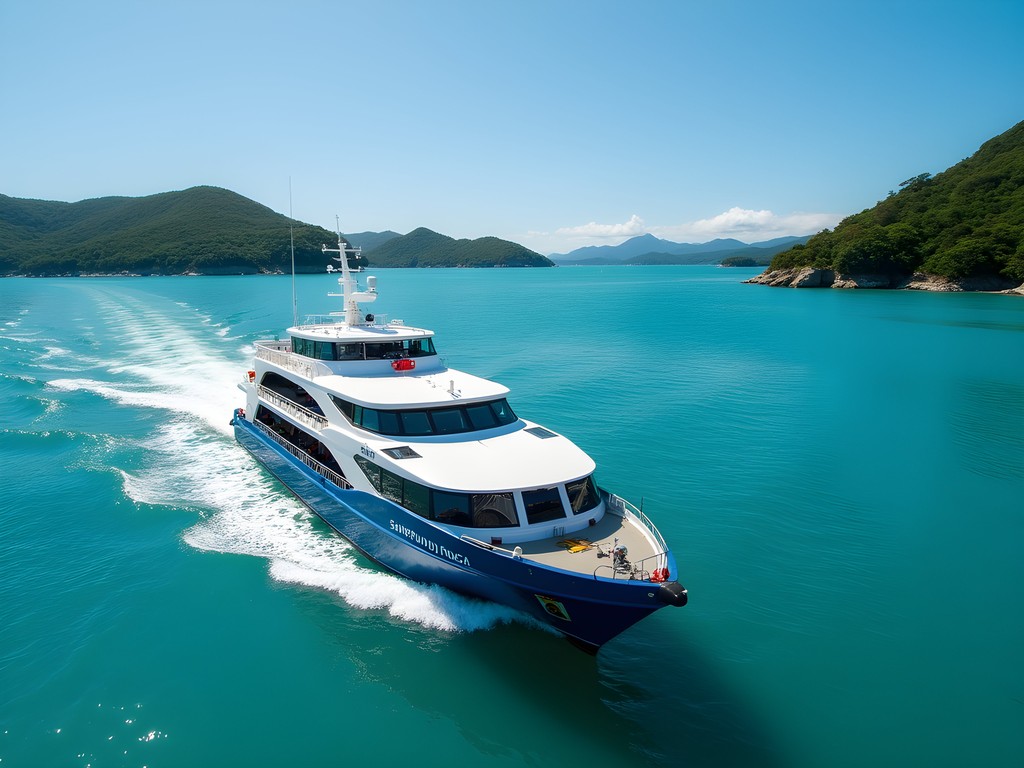
💡 Pro Tips
- Purchase ferry tickets online during peak season (December-February) to avoid queues
- The first morning ferry to Russell often has the fewest passengers
- If traveling with young children, pack motion sickness remedies even though waters are generally calm
Water Taxis: Flexibility for Family Adventures
Water taxis are the unsung heroes of Bay of Islands exploration, offering customized journeys that regular ferry services can't match. For families, this flexibility is invaluable—especially when traveling with children whose energy levels and interests can change by the hour.
During my week in the Bay, I used water taxis three times to access remote beaches and hiking trails that would have been inaccessible otherwise. Operators like Explore Group and Bay of Islands Water Taxi provide on-demand services from main wharves at Paihia and Russell. Prices typically start around NZ$25 per person for short hops, with custom trips costing NZ$80-150 depending on distance and waiting time.
What surprised me most was how accommodating these services are for families with specific needs. When I joined a family heading to Roberton Island (Motuarohia) for a day of snorkeling, the captain made a special detour to point out a pod of dolphins to the wide-eyed children. He then adjusted our landing spot to access the gentlest beach entry point when he noticed one child was hesitant about swimming.
Water taxis also offer practical advantages: they can drop you directly on beaches where regular ferries don't stop, wait while you explore (if arranged), and pick you up from different locations than where they dropped you off—perfect for one-way hiking adventures across islands like Urupukapuka.
For safety and comfort, I recommend packing a dry bag for electronics and valuables. The smaller vessels used as water taxis can occasionally encounter spray during windier conditions, and having peace of mind about your camera gear or phones makes the journey more enjoyable.
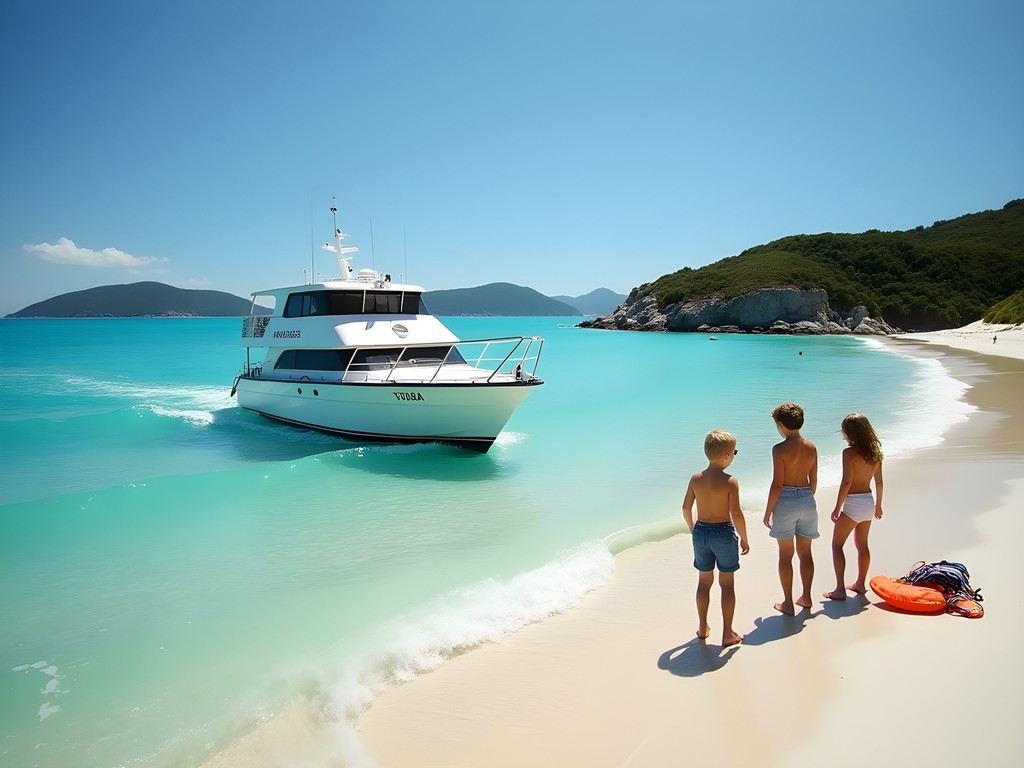
💡 Pro Tips
- Book water taxis at least a day in advance during peak season
- Ask operators about child safety equipment if traveling with young ones
- Coordinate pickup times precisely as cell service can be spotty on outer islands
Yacht Charters: For the Ultimate Celestial Experience
Chartering a yacht in the Bay of Islands transforms a simple vacation into an immersive journey through both maritime and celestial realms. As an astronomer, I've found few experiences that compare to anchoring in a sheltered cove, away from light pollution, where the Milky Way stretches across the sky with a clarity that makes you feel you could reach up and touch the stars.
For families, a skippered yacht charter offers the perfect balance between adventure and comfort. Companies like Great Escape and Sailing NZ provide vessels ranging from 36 to 45 feet, accommodating 4-8 passengers comfortably. A full-day charter starts around NZ$600-800, while multi-day experiences range from NZ$1,500-3,000 depending on the vessel size and level of service.
During my recent visit, I splurged on a two-day charter aboard a 42-foot catamaran with a local skipper named Hemi who shared both sailing expertise and Māori celestial navigation knowledge. We anchored in a secluded bay off Waewaetorea Island where I set up my portable telescope on the forward deck. The children aboard were mesmerized as we identified the Southern Cross and shared stories about how Polynesian voyagers used these same stars to find their way to Aotearoa (New Zealand) centuries ago.
The practical advantages of yacht charters for families are numerous: flexible itineraries that can change based on weather or interests, the ability to carry all your gear without repacking daily, and access to snorkeling spots and beaches that larger vessels can't reach. Most importantly, children experience the islands at a pace that allows genuine connection with nature—watching dolphins ride the bow wave, helping to raise sails, or learning to identify native birds along the shoreline.
Even if you have no sailing experience, skippered charters provide all the magic without the responsibility. The skippers know the best anchorages for swimming, fishing, and protection from prevailing winds—knowledge that proves invaluable for a stress-free family experience.
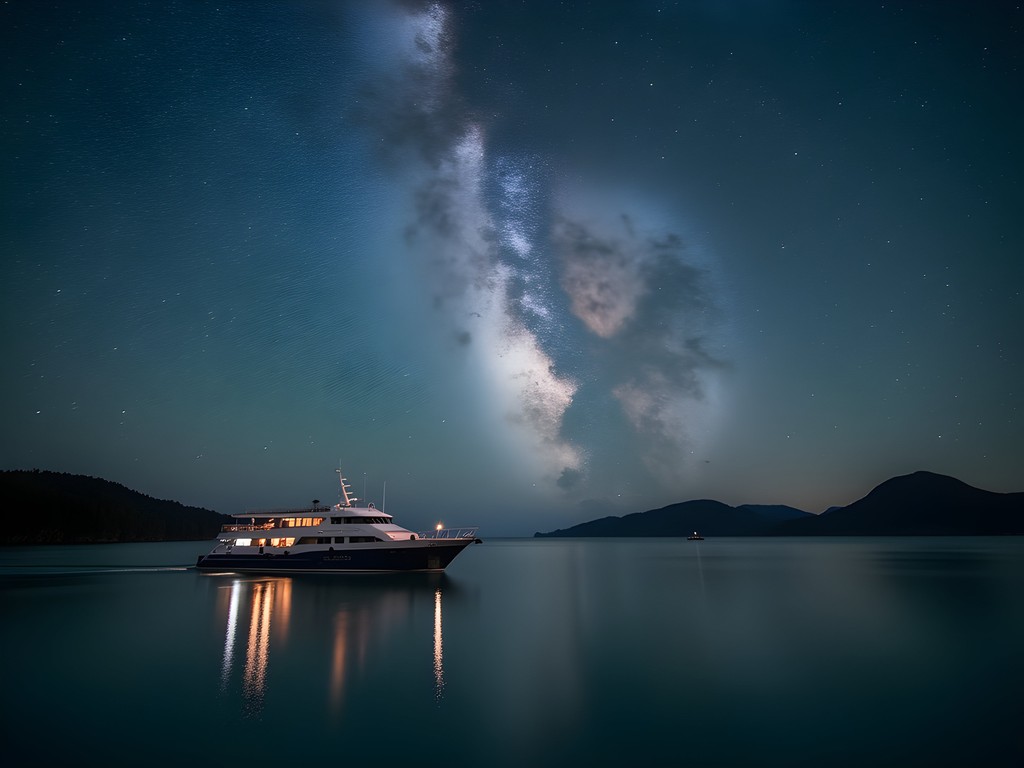
💡 Pro Tips
- Book yacht charters 2-3 months in advance for summer visits
- Pack non-marking shoes for onboard use
- Bring binoculars for everyone—wildlife spotting becomes a favorite activity
Island Transport Logistics for Families
Planning efficient island transportation with children requires strategic thinking that balances adventure with practical considerations. After multiple visits to the Bay, I've developed a system that maximizes exploration while minimizing the logistical challenges that can overwhelm families.
First, establish a base in either Paihia or Russell. Paihia offers more accommodation options and services, while Russell provides a quieter, more historic atmosphere. From either location, plan your island exploration in a logical sequence rather than zigzagging across the bay.
A sample 5-day itinerary might look like this:
Day 1: Take the regular ferry between Paihia and Russell to get oriented to the bay's geography and visit the historic sites in Russell.
Day 2: Book a water taxi to Urupukapuka Island for hiking and beach time, with pre-arranged pickup from a different beach than your drop-off point.
Day 3: Join a scheduled ferry to Roberton Island (Motuarohia) in the morning, with return options throughout the afternoon.
Day 4: Charter a yacht for the day to explore multiple remote islands and coves at your own pace.
Day 5: Take the passenger ferry to Waitangi Treaty Grounds (if staying in Russell) or explore mainland attractions.
For families with younger children, I recommend carrying a lightweight beach shelter that provides shade and wind protection during island stops. The New Zealand sun is notoriously intense, and having a portable shelter extends the time you can comfortably spend on remote beaches.
Packing food and water for island excursions is essential as many islands have no services. The Department of Conservation maintains composting toilets on larger islands like Urupukapuka, but facilities are limited elsewhere.
Perhaps most importantly, build flexibility into your schedule. Some of our most magical moments in the Bay happened when we abandoned plans to catch the scheduled ferry back and instead called a water taxi to stay longer at a perfect swimming spot where phosphorescence appeared as darkness fell.
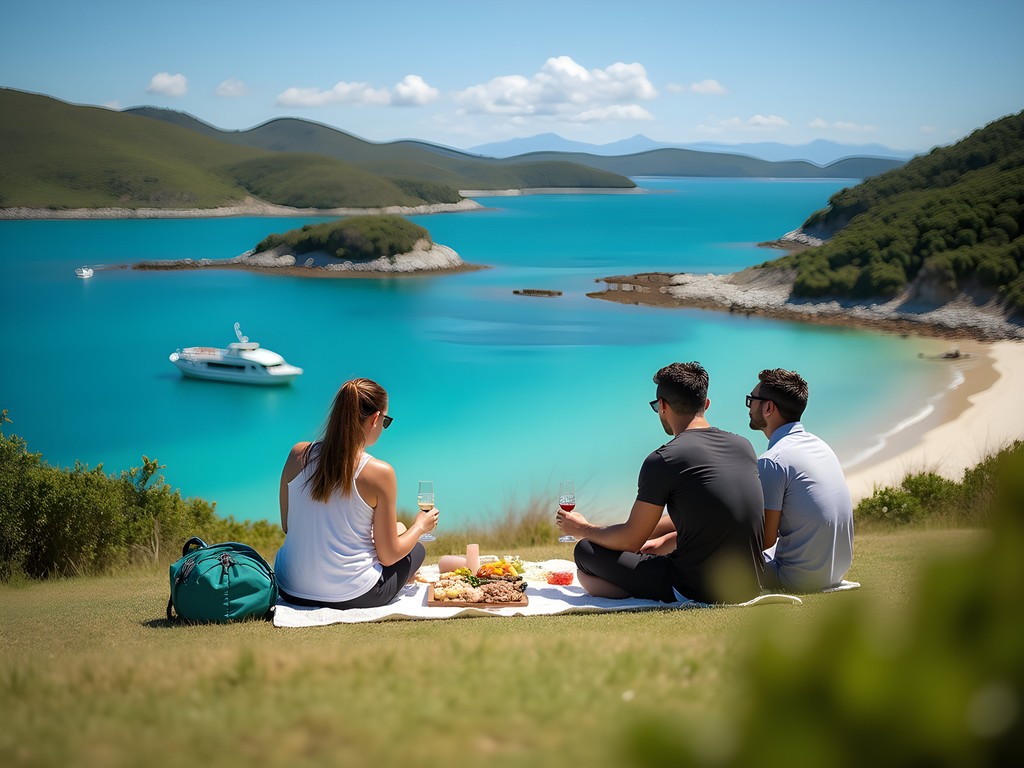
💡 Pro Tips
- Keep a printed schedule of all ferry services as cell service can be unreliable
- Pack twice as much water as you think you'll need for island day trips
- Bring cash for water taxis as not all operators accept cards on smaller vessels
Cultural Connections Through Water Journeys
As someone of Māori descent, I find that traveling the Bay of Islands by water offers more than scenic beauty—it provides profound connections to the cultural heritage that shaped these islands. For families visiting the Bay, incorporating cultural understanding into your water journeys adds layers of meaning to the experience.
Many boat operators in the region offer more than just transportation; they share stories that bring the landscape to life. During my recent visit, I joined a guided tour aboard the R. Tucker Thompson, a traditional sailing ship that combines transportation between islands with cultural education. The crew explained how Māori voyagers used celestial navigation to find these islands, pointing out the same star patterns still visible in our night skies.
The waters between islands hold stories of first encounters between Māori and European settlers, the signing of the Treaty of Waitangi, and the complex history that followed. When crossing from Paihia to the Waitangi Treaty Grounds, our captain pointed out significant landmarks visible only from the water perspective—places where waka (canoes) landed centuries ago and natural features that served as navigation markers.
For families wanting deeper cultural immersion, I recommend booking with operators like Taiamai Tours, which offers traditional waka experiences guided by Māori knowledge keepers. Children are particularly engaged by these hands-on experiences, learning to paddle in unison while hearing stories about the spiritual significance of water to Māori culture.
The connection between astronomy and navigation is particularly strong in Māori tradition. During summer evenings, some charter operators offer special stargazing cruises where traditional navigation techniques are demonstrated alongside modern astronomical observations. I brought my night vision binoculars to enhance these experiences, allowing us to see details of star clusters that played crucial roles in traditional navigation.
By choosing water transportation options that incorporate cultural narratives, families gain a deeper appreciation of the bay's significance beyond its postcard beauty. Children especially benefit from understanding that these waters have been highways for human movement and cultural exchange for centuries—a living connection to history rather than just a scenic backdrop.
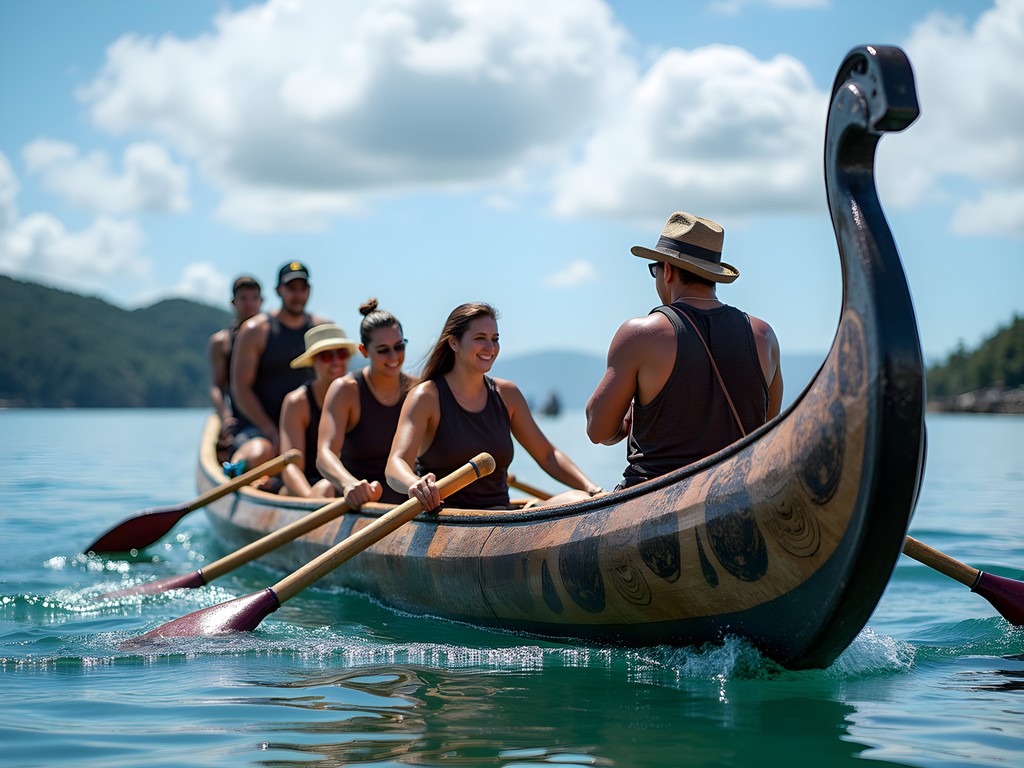
💡 Pro Tips
- Ask boat operators about the Māori names and stories of islands you visit
- Look for transportation options that include cultural guides or interpretation
- Visit the Waitangi Treaty Grounds via water for the historical arrival perspective
Final Thoughts
As the stars wheel overhead each night in the Bay of Islands, I'm reminded that water transportation here isn't merely functional—it's a continuation of ancient traditions of exploration and connection. For families visiting this subtropical paradise, understanding the water transport network unlocks experiences impossible to access any other way. Whether you're catching the humble passenger ferry between Paihia and Russell, splurging on a skippered yacht charter, or hopping between beaches via water taxi, each journey across these waters connects you to both the natural world and centuries of human navigation heritage. As you plan your own Bay of Islands adventure, remember that the journey between destinations often holds as much magic as the islands themselves. The perspective from the water—seeing land as arriving voyagers have for centuries—offers insights no land-based experience can match. So chart your course, embrace the maritime spirit of this special place, and let the waters of the Bay carry you to discoveries both external and internal.
✨ Key Takeaways
- Book water taxis in advance during peak season to ensure availability for family island-hopping
- Consider a skippered yacht charter for at least one day to access remote islands and experience night skies
- Combine transportation types for the best experience—ferries for reliability, water taxis for flexibility
- Look for cultural learning opportunities integrated with water transportation for deeper connection to the region
📋 Practical Information
Best Time to Visit
December to March (summer)
Budget Estimate
NZ$150-300 per day for transportation and activities
Recommended Duration
5-7 days
Difficulty Level
Easy

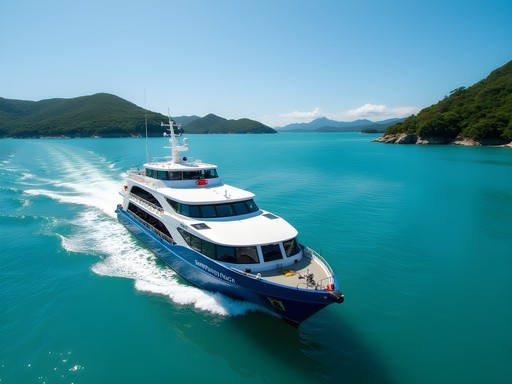
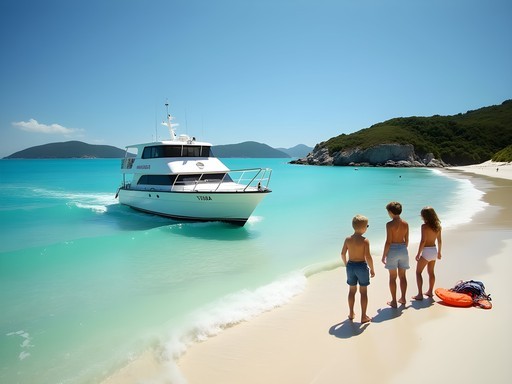
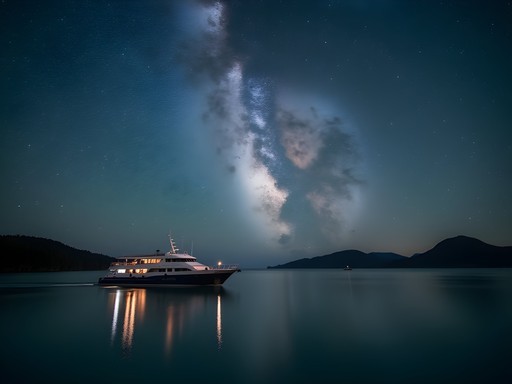
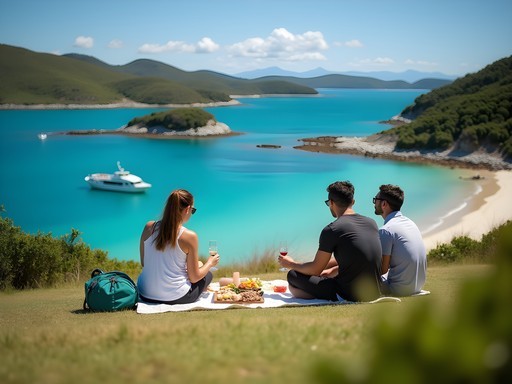
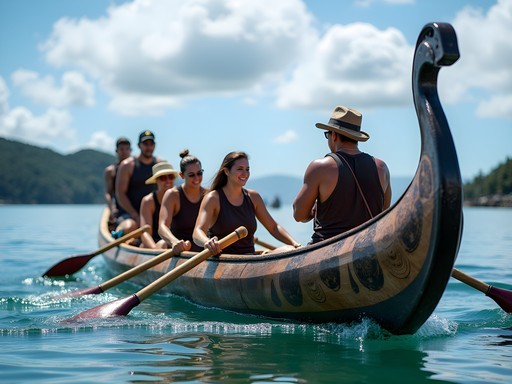


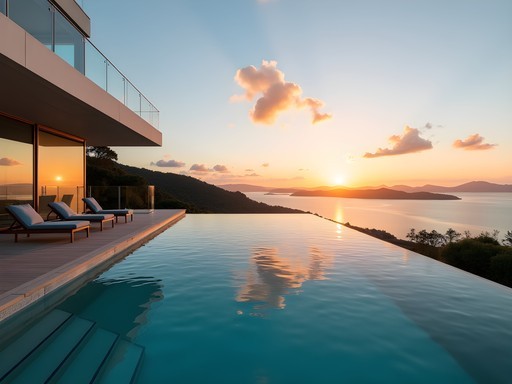







Comments
oceanblogger8118
Planning a trip with kids (7 and 9) for next summer. Are the water taxis safe for families? Any specific company recommendations? Budget is tight so trying to figure out the best option between ferries vs. taxis.
Stephanie Romano
We took our kids (similar ages) last year and the water taxis were perfect! Totally safe and the kids loved the speed compared to the bigger ferries. We used Bay of Islands Water Taxi and they were great with the kids - even let them sit up front for better views. If budget is tight, I'd suggest doing the main ferry for the Russell crossing but splurging on one day with a water taxi to hit 2-3 islands at your own pace. Worth every penny! Pack your own lunch and bring a dry bag for electronics and clothes if you plan on swimming.
oceanblogger8118
Thanks Stephanie! That's exactly what I needed to know. Will definitely look into that water taxi company.
moonqueen
Those star navigation references gave me chills! So cool to think about the history while island hopping.
winterchamp
Just got back from Bay of Islands last month and this guide would've been SO helpful! We ended up using the Fullers ferry to Russell which was super convenient but didn't realize how flexible the water taxis could be until our third day. Wish we'd chartered a small boat for at least one day to hit the more remote islands. The Māori perspective in this post really adds something special too - makes you think about these waters differently!
oceanblogger8118
Did you make it to Urupukapuka Island? Thinking of taking my kids there but not sure which transport option is best.
winterchamp
Yes! Definitely take the water taxi for Urupukapuka - way more flexible with kids. The scheduled ferries were fine but you're stuck with their timetable which can be tough with little ones.
FamilyTravelGuru
Great post! How weather-dependent are the water taxis? Planning a trip with kids in November and wondering if I need backup plans for rainy days.
IslandHopper23
Not Peter, but we were there last November. Water taxis ran in light rain but were canceled during one day of heavy wind. Most operators were good about rescheduling or refunding. Definitely have indoor activities as backup!
MāoriTraveler
Really appreciate you highlighting the spiritual connection to our ancestral navigation techniques, Peter. As someone with Ngāpuhi whakapapa, I always feel a deep connection when crossing these waters. For visitors wanting to understand more about traditional navigation, I highly recommend taking one of the cultural tours that leave from Waitangi. The guides share stories about how our ancestors read the stars, currents, and bird migrations to navigate. Adds a whole new dimension to your island-hopping experience.
backpackchamp
Thanks for this tip! Just looked up the cultural tours and booked one for our trip. Can't wait to learn more about traditional navigation!
KiwiExplorer88
Those sunset photos from the water are stunning! The light in the Bay of Islands is something else.
Taylor Moreau
Peter, your connection to the Māori navigation history adds such depth to this piece. I've visited the Bay of Islands three times for business retreats, and the transportation network has improved dramatically. Last visit (February), we chartered a yacht for a corporate team-building exercise - the skipper was incredibly knowledgeable about both sailing techniques and local marine ecology. For those considering the yacht option, I'd suggest booking at least 3 months ahead during peak season. The sunset cruises are particularly magical, especially when sailing past Motukōkako (Hole in the Rock). One practical note: I found having a good pair of polarized sunglasses essential for reducing glare on those bright days on the water.
NZtravelfan
Were the yacht charters suitable for beginners? My family is interested but we have zero sailing experience.
Taylor Moreau
Absolutely! Most charters offer skippered options where an experienced sailor handles everything. You can be as involved or hands-off as you like. Perfect for families with no prior experience.
backpackchamp
This is exactly what I needed! Heading to Bay of Islands next month with the kids. Was stressing about how to get around the islands!
Taylor Moreau
The water taxis are fantastic for families. I found them much more flexible than the scheduled ferries when traveling with children. Worth the extra cost.
backpackchamp
Thanks Taylor! Did you book them in advance or just on the day?
Taylor Moreau
I booked 48 hours ahead for peak times, but was able to arrange same-day service for our impromptu trips to the smaller islands. I'd recommend having the Bay of Islands Water Taxi app on your phone - makes scheduling much easier.
MarinaLover
Really cool post! Love the connection to Māori navigation traditions.
KiwiTraveler
Just got back from BoI and can confirm the water taxis are the way to go! We saved so much time compared to the scheduled ferries. Pro tip: if you're staying a few days, negotiate a multi-trip package with the water taxi operators. We saved about 15% doing this!
AdventureFamily
That's such a good tip! Did you find it easy to arrange this in advance or better to negotiate once you're there?
KiwiTraveler
We actually did it once we arrived. The operators in Paihia are super friendly and flexible. Just tell them your plans upfront!
Venture X
Premium card with 2X miles, $300 travel credit, Priority Pass